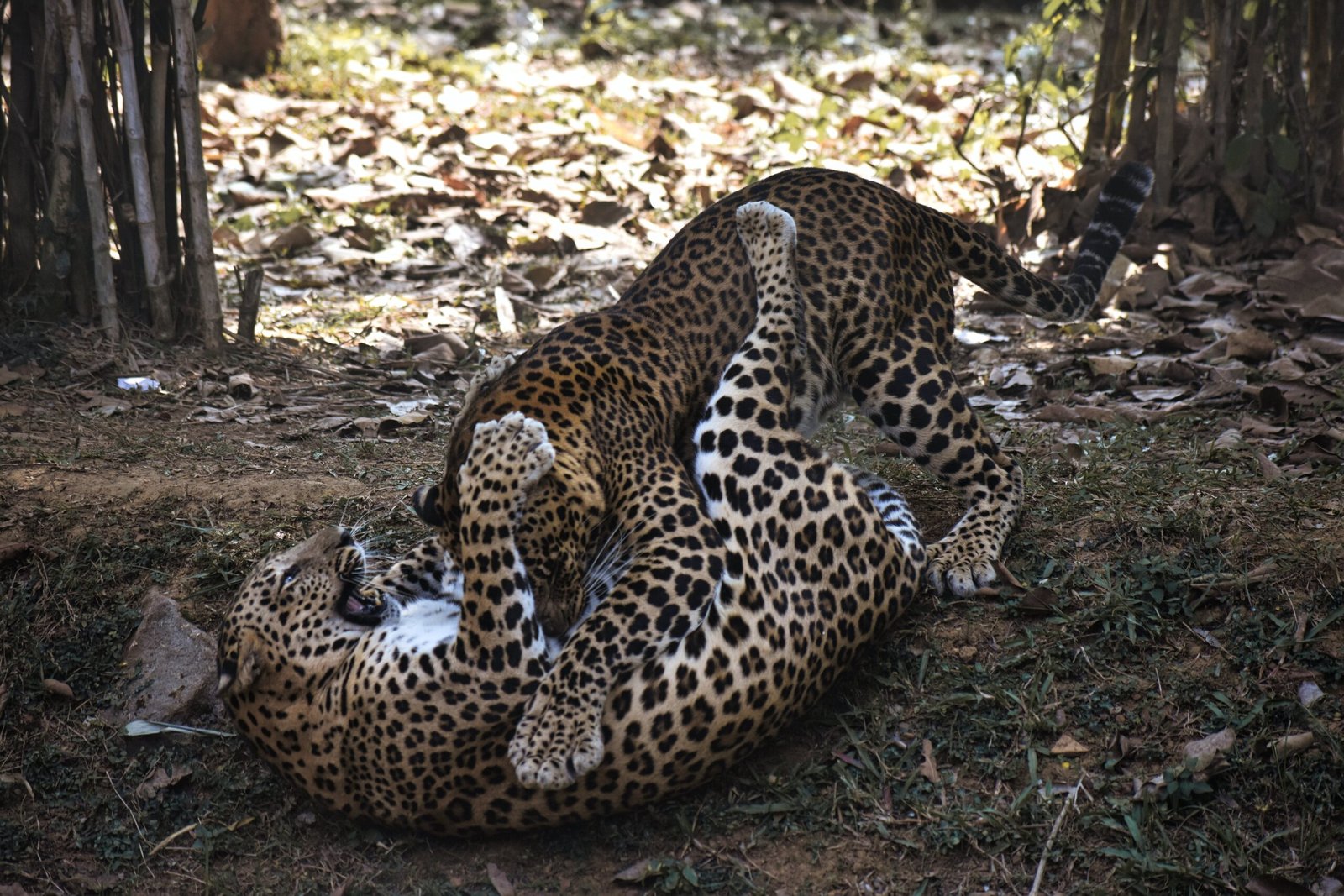In the fascinating world of tarantulas, a question arises: are there certain environmental disturbances that contribute to heightened predation during their dispersal? While these eight-legged creatures are known for their unique characteristics and intriguing behavior, their survival in the wild can sometimes be precarious. By examining the potential connections between environmental factors and increased tarantula predation, scientists hope to uncover valuable insights into the challenges these arachnids face during their dispersal journeys.

Background
Tarantulas are large, hairy spiders belonging to the family Theraphosidae. They are found in various habitats around the world, including deserts, rainforests, and grasslands. While tarantulas are generally solitary creatures, they undergo a dispersal phase during certain stages of their life cycle. Dispersal refers to the movement of individuals away from their birth site, and it plays a crucial role in the survival and expansion of tarantula populations.
Introduction to Tarantula Dispersal
Definition of dispersal
Dispersal can be defined as the movement of individual tarantulas away from their birth site to seek new territories for breeding and resource acquisition. This movement is vital for maintaining gene flow within populations, preventing inbreeding, and colonizing new habitats.
Importance of dispersal for tarantulas
Dispersal is essential for tarantulas as it allows them to explore new habitats, find mates, and access resources that may be limited in their natal environment. It also plays a significant role in maintaining genetic diversity within populations, which is crucial for their long-term survival and adaptation to changing environmental conditions.
Factors influencing dispersal
Several factors influence the dispersal behavior of tarantulas. These include availability of resources, competition for mating partners, habitat quality, presence of predators, and environmental disturbances. Understanding these factors is essential for gaining insights into the patterns and processes underlying tarantula dispersal.

Environmental Disturbances and Tarantula Behavior
Effects of environmental disturbances on tarantulas
Environmental disturbances, such as wildfires, floods, and human activities, can have significant impacts on tarantula populations. These disturbances can disrupt their habitats, alter resource availability, and influence the behavior of individuals.
Impact of disturbances on tarantula behavior
Tarantulas may exhibit altered behavior in response to environmental disturbances. For example, they may become more secretive, change their patterns of movement, or seek refuge in suboptimal habitats. These behavioral changes can have profound implications for their dispersal process and ultimately increase their vulnerability to predation.
Possible connection between disturbances and predation during dispersal
It is hypothesized that environmental disturbances can lead to increased tarantula predation during dispersal. When their habitats are disrupted or fragmented, tarantulas may be forced to travel through unfamiliar territories or encounter predators that they would typically avoid. This heightened predation risk during dispersal can have negative consequences for tarantula populations and their long-term survival.
Habitat Fragmentation
Definition of habitat fragmentation
Habitat fragmentation refers to the process by which larger, continuous habitats are divided into smaller, isolated patches. This fragmentation can occur due to various factors, including urbanization, land-use changes, and natural events like wildfires and deforestation.
Effects of habitat fragmentation on tarantulas
Habitat fragmentation can have detrimental effects on tarantulas. As their natural habitats become fragmented, the available space for dispersal decreases, limiting their ability to find suitable territories for breeding and resource acquisition. This can ultimately lead to decreased genetic diversity and increase the risk of inbreeding depression.
Increased vulnerability to predation during dispersal
Fragmented habitats can also increase tarantulas’ vulnerability to predation during dispersal. The smaller patches of suitable habitat force them to travel through more open and exposed areas, making them easier targets for predators. This heightened predation risk can further hamper their dispersal success and impact the overall population dynamics of tarantulas.

Climate Change
Effects of climate change on tarantula habitats
Climate change can have significant impacts on tarantula habitats. Changes in temperature and precipitation patterns can alter the availability of suitable microclimates for tarantula survival and reproduction. As a result, tarantulas may be forced to disperse in search of more favorable habitats.
Shifts in tarantula dispersal patterns
Climate change can also influence the timing and extent of tarantula dispersal. In response to changing environmental conditions, tarantulas may adapt their dispersal strategies and move into new areas that were previously unsuitable. This can lead to shifts in their dispersal patterns and potentially result in new interactions with predators.
Increased predation risk due to climate change
The altered dispersal patterns resulting from climate change can expose tarantulas to increased predation risk. As they move into new territories, tarantulas may encounter predators to which they have no prior adaptation or defense mechanisms. This heightened predation risk can have significant implications for their survival and population dynamics.
Human Activities and Urbanization
Introduction of unnatural structures
Human activities and urbanization can have detrimental effects on tarantula populations. The construction of roads, buildings, and other infrastructure fragments their natural habitats and creates barriers to dispersal. Additionally, the introduction of artificial light sources can disrupt their natural behavior and navigation.
Loss of suitable dispersal habitats
Urbanization often leads to the loss of suitable dispersal habitats for tarantulas. Natural areas are converted into concrete jungles, depriving these spiders of the resources and shelters they require for successful dispersal. Without appropriate dispersal habitats, tarantulas may face challenges in finding mates and colonizing new areas.
Higher predation rates in urban areas
Tarantulas in urban areas may face higher predation rates due to the presence of domestic pets, such as cats and dogs, as well as general habitat degradation. Urban environments may also support a higher abundance of certain predator species, further increasing the risk for dispersing tarantulas. Protecting natural habitats from urbanization and creating green corridors can mitigate these risks and promote tarantula survival.

Natural Disasters
Impact of natural disasters on tarantula populations
Natural disasters, such as wildfires, hurricanes, and floods, can have catastrophic effects on tarantula populations. These events can destroy their habitats, displace individuals, and disrupt their dispersal routes.
Disruption of dispersal routes
Disasters like wildfires can disrupt tarantula dispersal routes by destroying vegetation and creating physical barriers. Tarantulas may be forced to change their dispersal strategies and move through suboptimal habitats or human-dominated areas, which increases their vulnerability to predation.
Predation as a consequence of natural disasters
The aftermath of natural disasters can result in increased predation pressure on tarantulas. Displaced individuals may find themselves in unfamiliar territories with higher predator densities or face competition for resources with other displaced organisms. These post-disaster conditions can pose significant challenges to tarantulas during dispersal and contribute to population declines.
Predator-Prey Interactions
Role of predators in tarantula ecology
Predators play a crucial role in shaping tarantula populations and maintaining ecological balance. They help control tarantula population densities, regulate prey populations, and contribute to the overall functioning of ecosystems.
Identification of potential predators during dispersal
During dispersal, tarantulas may encounter a variety of potential predators, including birds, reptiles, mammals, and even other spiders. The specific predators they encounter may vary depending on the habitat and geographic location. Understanding these predator-prey interactions is crucial for assessing the risk of predation during tarantula dispersal.
Factors influencing predation risk during dispersal
Several factors can influence the risk of predation tarantulas face during dispersal. Predation risk may vary based on the physiological condition of the tarantula, the availability of suitable refuges, the presence of predators, and the level of cover provided by the environment. These factors interact to determine the success and survival of tarantulas during dispersal.

Tarantula Adaptations for Dispersal
Mechanisms for avoiding predation during dispersal
Tarantulas have evolved various mechanisms to avoid predation during dispersal. These include cryptic coloration, mimicry, defensive behaviors such as threat displays and venomous bites, and the ability to take refuge in burrows or hidden crevices.
Behaviors and strategies employed by tarantulas
During dispersal, tarantulas may exhibit specific behaviors and strategies to minimize predation risk. They may move in a zigzag pattern, use silk draglines to quickly return to a safe spot, or time their dispersal activities to coincide with periods of reduced predator activity. Such adaptations increase their chances of survival during this vulnerable phase.
Importance of adaptation for successful dispersal
Adaptations for avoiding predation are crucial for the successful dispersal and long-term survival of tarantula populations. By minimizing predation risk, individuals can successfully find new territories, mate with genetically diverse partners, and contribute to the persistence of their species in the face of environmental challenges.
Conservation Implications
Importance of understanding environmental disturbances
Understanding the impacts of environmental disturbances on tarantula dispersal and predation risk is essential for effective conservation strategies. By identifying specific disturbances and their effects on tarantula populations, conservation efforts can be targeted and tailored to address the most significant threats they face.
Conservation strategies for protecting tarantula populations
Conservation strategies for protecting tarantula populations should focus on mitigating the negative impacts of habitat fragmentation, climate change, urbanization, and natural disasters. This can involve preserving large and connected habitats, implementing land-use regulations, creating protected areas, and promoting sustainable practices.
Mitigating predation risk during dispersal
To mitigate predation risk during dispersal, conservation efforts should consider creating refuge habitats, such as fallen logs and rock piles, that provide tarantulas with shelter. Raising awareness among the public about the ecological importance of tarantulas and the need to avoid unnecessary disturbances can also help reduce predation rates in urban areas.
In conclusion, environmental disturbances, habitat fragmentation, climate change, human activities, natural disasters, and predator-prey interactions all play significant roles in the predation risk tarantulas face during dispersal. Understanding these factors and their impacts on tarantula behavior and survival is crucial for implementing effective conservation strategies and ensuring the long-term persistence of these fascinating creatures in their natural habitats. By protecting tarantula populations, we can preserve the biodiversity and ecological balance of our ecosystems.
